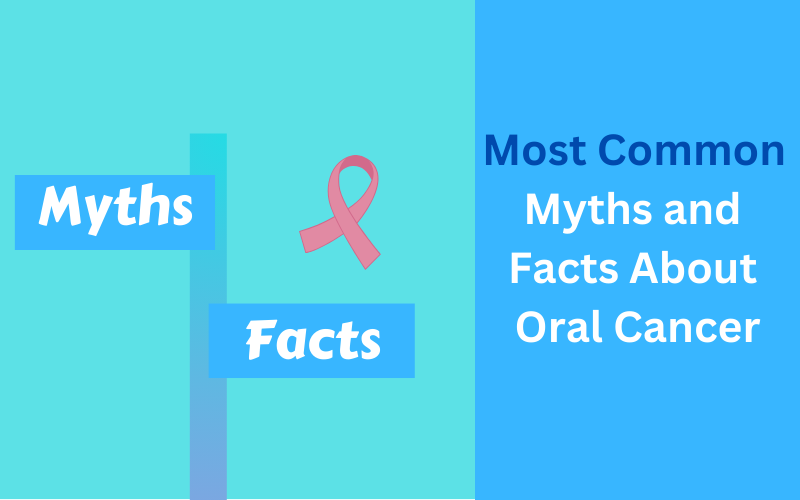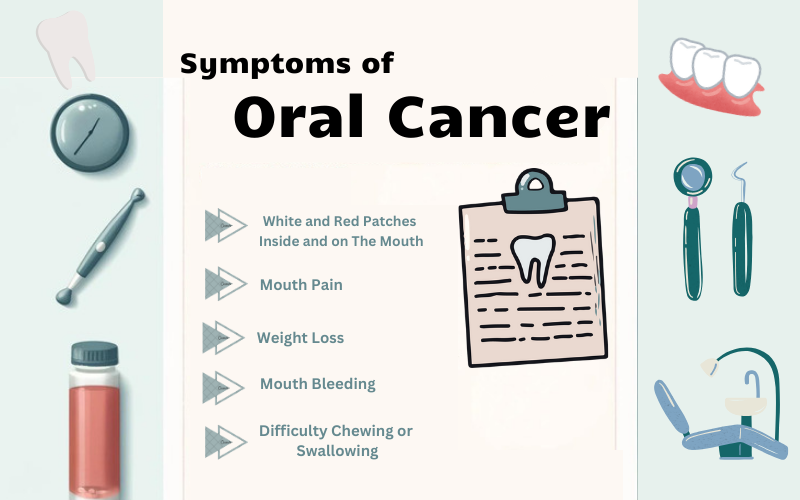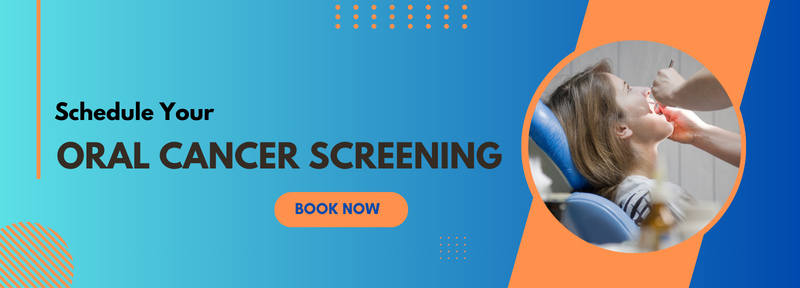
Oral cancer, a serious health concern globally, encompasses various malignancies that originate in the mouth and surrounding regions.
Despite advancements in healthcare, misconceptions persist, affecting prevention and early diagnosis efforts. This blog aims to shed light on the realities of oral cancer, challenging common myths and presenting factual information to enhance public awareness.
Understanding the broad spectrum of risk factors and symptoms is crucial for effective management and potentially life-saving interventions.
What is Oral Cancer?
Oral cancer which is also recognized as mouth cancer is the broad term for cancer that affects the mouth. It can look like a common issue with your mouth or lips, such as sores and white patches that bleed.
If these problems are left untreated, they might spread throughout the mouth as well as the throat to other areas of the neck and head.
It has been acknowledged that more than 50,000 people in the United States get mouth cancer each year. Oral cancer can be life-threatening if not treated and diagnosed early. It can appear in different spots, such as
1. Tonsils
2. Tongue
3. Gums
4. Lips
5. Throat
6. Inside cheeks and lips
7. Roof of your mouth
Symptoms of Oral Cancer

Some of the common symptoms of oral cancer are-
– Rough spots and scrapes are found inside the mouth, lips, and gums.
– Tenderness, pain, and numbness on the face, neck, or in the mouth which occurs without apparent cause.
– Sudden weight loss.
– Mouth that bleeds without having any obvious reason.
– Difficulty while chewing, speaking, moving jaw and tongue.
Myths and Facts About Oral Cancer
Every year there are plenty of patients having both conditions and symptoms that could lead to cancer. Here are 5 myths and facts listed below in the guide.
Myth 1- Some People Think That Only Older People Can Get Oral Cancer
– Fact: The truth is, that oral cancer can affect individuals of any age, not just older adults. Factors such as lifestyle choices, HPV infections, and genetics play significant roles in its development.
It’s essential to adopt preventive measures, regardless of age, including regular dental check-ups and cleaning, maintaining good oral hygiene, and leading a healthy lifestyle to mitigate the risk.
Myth 2- Only Smokers and Drinkers can Have Oral Cancer
– Fact: Contrary to the myth that only smokers and drinkers are at risk, oral cancer can indeed strike anyone. Various other elements, such as certain viral infections, hereditary factors, and prolonged exposure to the sun, can elevate one’s risk of requiring oral surgery treatment.
It’s vital to understand the importance of maintaining oral hygiene and ensuring regular dental screenings for everyone, as these practices play a significant role in the early identification and preventive measures against oral cancer, regardless of one’s lifestyle habits.
Myth 3- Some People Think it Doesn’t Hurt, so They Don’t Need to Worry About it.
– Fact: The most common symptoms of oral cancer, known as Leukoplakia, manifest as white spots in the mouth. These pre-cancerous signs indicate an increased risk of developing mouth cancer.
It is a misconception among some individuals that white patches in their mouth will never cause oral cancer. However, it is important to have them examined.
It’s advisable to consult promptly with a healthcare professional for an accurate diagnosis and peace of mind, such as a dentist for all your dental needs.
Myth 4- Individuals Often Believe That if Their Oral Cancer is Gone, They no Longer Have to Worry.
– Fact: The truth is that once you have been treated for oral cancer, there is a higher chance of developing another. Even after you have been cured, vigilance is crucial every six months. Some of the other signs to look for include-
1. A bump or lump growing significantly.
2. If touching any white or red patch causes bleeding, it’s another sign.
3. If scrapes and minor cuts in the mouth don’t resolve within a few weeks, get them checked out.
4. Sudden weight loss is often caused by swallowing and chewing problems.
Myth 5: Prolonged Sun Exposure Can be Another Risk Factor for Oral Cancer
– Fact: Without adequate sun protection measures, individuals are at a higher risk of developing cancer in the lip area. Failure to apply sunscreen and frequent visits to salons for tanning removal significantly increase the likelihood of developing lip cancer.
Additionally, unprotected exposure to the sun’s harmful rays can mitigate the risk, making it essential to prioritize sun protection measures to reduce the chances of oral cancer.
Myth 6: Oral Cancer is Always Detectable in its Early Stages
– Fact: Oral cancer may not always show early symptoms, making it challenging to detect without regular screenings. Early-stage oral cancer might not produce noticeable symptoms or pain, leading many to overlook the need for dental checkups.
However, regular visits to a dentist can facilitate early detection through examinations and potentially life-saving interventions for mouth and tongue cancer. Individuals must schedule routine oral examinations as a preventative measure against this covert yet dangerous disease.
Conclusion
Dispelling myths about oral cancer is vital for early detection and effective treatment. While commonly associated with older adults and lifestyle choices like smoking and drinking, mouth cancer can affect anyone, regardless of age or habits. Regular dental check-ups, good oral hygiene, and sun protection are crucial preventive measures.
Awareness and understanding of the symptoms and risk factors play a crucial role in combating the misconceptions surrounding this potentially life-threatening condition.
Consulting a dentist in Simi Valley can further enhance your dental care routine, ensuring you receive professional treatment to keep your oral health in top condition.
